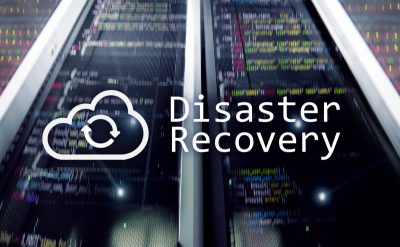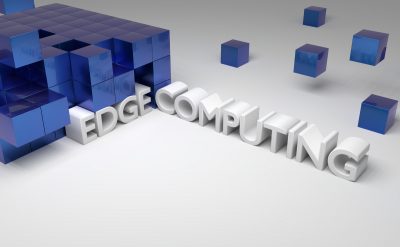What do you do when you can’t manage all your clothes or one specific set of clothes in a wardrobe? You probably tend to shift the clothes to another shelf or wardrobe. Cloud migration works in a similar fashion; it is the process of moving data, business applications, and other information to a cloud computing environment.
These days, every business has at least one workload running in the cloud. However, it doesn’t mean that cloud migration is right for everyone. There are companies that have not touched the cloud migration technology even if they are struggling to optimize their core operations. The companies that are considering cloud technology for the first time, they need to consider the benefits and risks of cloud models.
Benefits concerning cloud migration
- The application might experience increased traffic, making it difficult to scale resources. In that case, cloud migration offers support by accommodating increasing demand.
- Cloud migration helps in reducing operational costs and increasing the effectiveness of IT processes.
- It gives support to the growing storage needs without adding the cost variant.
- It also helps in building and bringing together the widely distributed development team virtually. With the cloud, people who are situated across different locations can come together and work.
- Cloud helps in application implementation and deployment while keeping the infrastructural costs low.
- Cloud migration operates on the pay-as-you-go model; it is an attractive feature and is beneficial for start-ups with less capital.
Risks concerning cloud migration
- Cloud is not the right place for applications possessing sensitive data and information.
- If you are using proprietary technology, you do not have legal rights to deploy it to the cloud.
- Some operations may suffer from added latency when using cloud applications.
- In the case of cloud migration, your hardware can be controlled by someone else, and you might lose transparency and control.
- The application design and architecture might not completely follow the distributed cloud architecture, and therefore, it needs to be modified before moving them to the cloud.
- Cloud platforms are simple for data management. But, once a business is involved, it is difficult to leave and move between platforms.
Now, if you, as a company associate, have decided to migrate to the cloud, you need to know that it is a complex process. It needs to be customized to address the technical, functional, and operational needs of the organization. There are different cloud migration strategies or approaches that address concerns such as decreasing hosting costs and aligning IT with business objectives.
Cloud migration approaches
There are three cloud migration strategies that companies should consider while taking advantage of the available cloud computing for their business. Companies can examine which migration plan works best for their business and accordingly settle down for it.
The three cloud migration approaches are lift and shift, replatforming, and refactoring. You will find various sources with an explanation about these three approaches, but we thought of penning it down in the easiest tone for the readers. The below explanation will state their purpose of approach and migration process.
Lift and shift
It is a cloud migration strategy that most companies have already used to some extent while migrating data. As the name suggests, “Lift and Shift” – it is about lifting an application or landscape from the current hosting environment and shifting it to another environment. The approach, lift and shift, transports an exact copy of the top three layers: database, application, and OS layer. The lift and shift approach moves stack to the new host without making extensive changes, and thus, it is referred to as a rapid, cost-effective migration, with minimal disruption and quick ROI.
For businesses that are rapidly evolving their working methodology or follow agile, the lift and shift approach should be their first choice for their cloud strategy.
Replatforming
It works differently than the lift and shift approach and lives up to the highest level of expectation. In simple words, it empowers businesses to accomplish important goals beyond rehosting without expanding the project scope. Replatforming works best when people are looking to manage the database without spending much time by migrating to a database-as-a-service platform or a fully managed platform.
Though it comes with an upfront cost, there is no other approach that records increase, decrease, and changes in the company resources as well as capabilities.
Refactoring
It is a process of running a company’s application on the cloud provider’s infrastructure, which means you can modify your application to function in a new cloud environment. Also termed as application modernization, this approach refers to modifying the existing applications and large chunks of the codebase to experience the benefit of cloud-based features and extra flexibility. And since the process gets extra-sensitive because of the distinct amount of modifications, it makes ‘refactoring’ more complex than other cloud migration approaches. Therefore, when changes are made to the application code, one must ensure that the external behavior of the application remains the same.
For the success of your cloud migration strategy
With the entire business world going digital, adopting a cloud migration strategy is a common yet important decision for stakeholders and decision makers of the organization. The initial step for any company is to consider the benefits and risks of cloud migration and then opt for a suitable cloud migration approach. With the selection of the right strategy, a company can eliminate costly on-premises data centers while managing the database effectively and ensuring cloud security. For more such content, download our latest whitepapers on cloud.













![[Things to Know] Before Selecting Cloud Solutions](https://d2qt3hjxf3fk7j.cloudfront.net/wp-content/uploads/2020/02/13083906/Cloud-Solution-400x247.jpg)